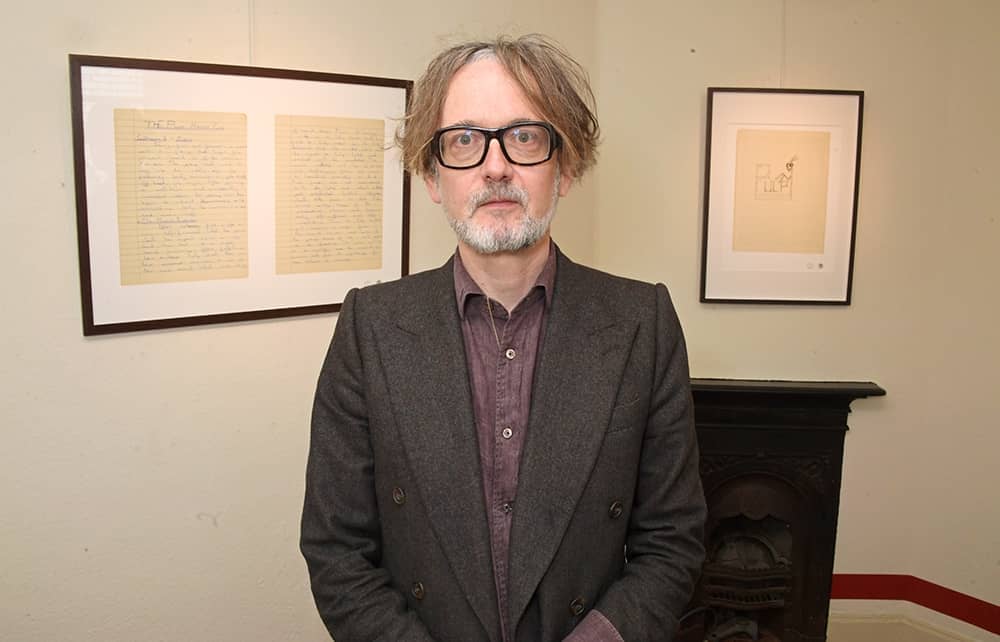If you were hoping for an autobiography this isn’t it. Jarvis Cocker calls it ‘an inventory’ and insists: ‘This is not a life story. It’s a loft story.’ But anyway it’s as quirky and engaging as you would expect from Cocker and also the most beautifully produced book I’ve seen in years, designed by Julian House. And it does, in its circuitous way, tell us quite a lot about Cocker’s formative years in Sheffield.
The MacGuffin is that Cocker is meant to be clearing out a loft where he’s been storing stuff for years and deciding what to ‘cob’ (chuck) and what to keep. Of course he has trouble cobbing anything, which is why he’s accumulated so much junk in the first place. He is a hoarder. He does, right at the start, manage to cob a 20-year-old stick of chewing gum and a packet of collar supports, but after that he runs into difficulties.
He finds a school exercise book from when he was l5 containing his thoughts on Pulp Fashion: ‘Most groups have a certain mode of dress which is invariably emulated by their followers,’ he pontificates, before sketching the basics – duffle coat, plain shirt, ‘rancid’ tie, pointy boots, silly socks, Oxfam jacket. At that stage he had only just begun to assemble a group, but had already decided to call it Pulp. And then there was the Pulp Master Plan:
The group shall work its way into the public eye by producing fairly conventional, yet slightly offbeat, pop songs. After gaining a well-known and commercially successful status the group can then begin to subvert and restructure both the music business and music itself.

He adds a diagram of a meat cleaver, labelled Pulp Inc, falling on a fist, labelled Major Record Co. Finding this exercise book is a proud moment: ‘Certainly more imaginative than aspiring to a Porsche and a big house.







Comments
Join the debate for just £1 a month
Be part of the conversation with other Spectator readers by getting your first three months for £3.
UNLOCK ACCESS Just £1 a monthAlready a subscriber? Log in